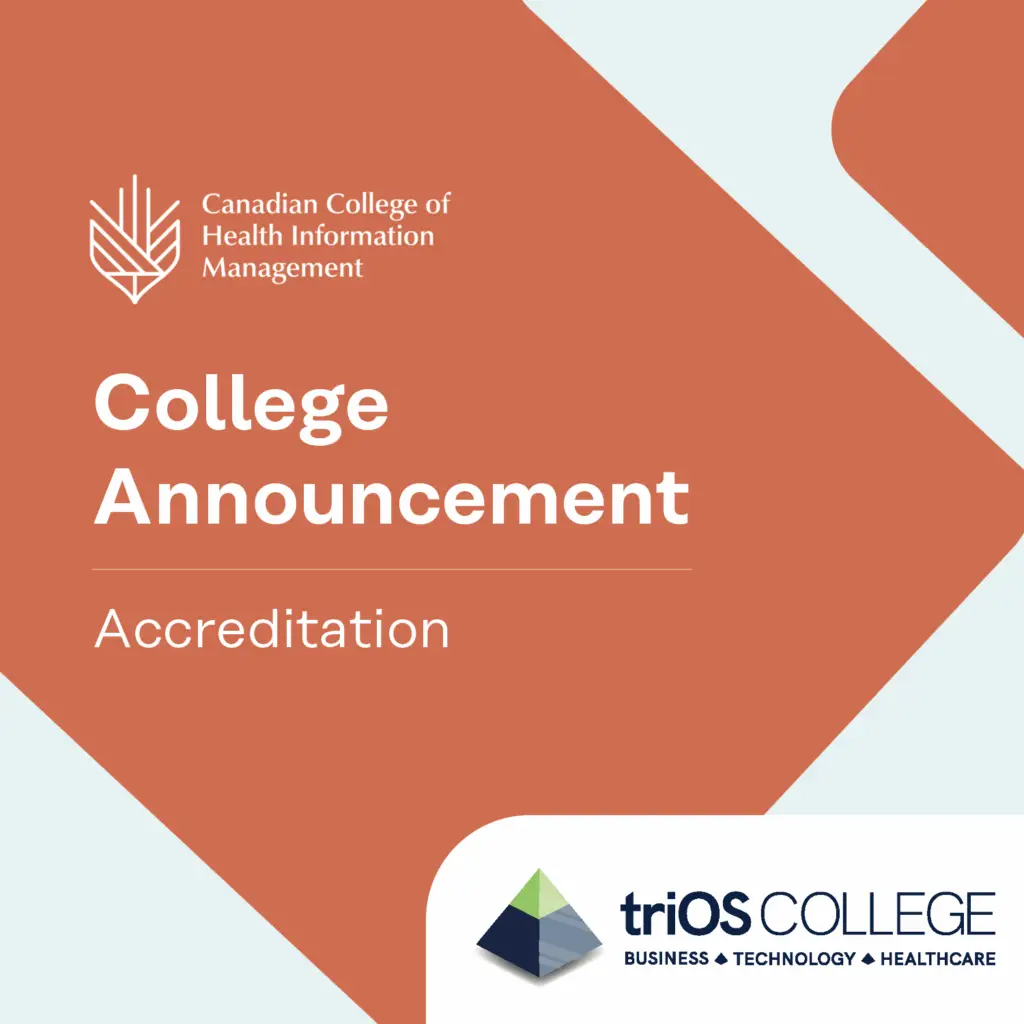Francis Lau, PhD, FCAHS
Professor, School of Health Information Science, University of Victoria
There is growing desire in Canada to improve the definition, collection, and use of sex and gender information in electronic health record (EHR) systems. This need is best summed up by the 2019 House of Commons Report on the Health of LGBTQIA2+ Communities* in Canada, which says “… the LGBTQIA2+ communities in Canada experience numerous health inequities … data collection [should] be improved in order to obtain a more complete picture of the health of gender and sexual minorities in Canada.” [1, p2]. Yet, the lack of a common terminology to represent such evolving concepts as sex at birth, gender identity, sexual orientation, and pronouns, and the absence of coherent policy on when and how health organizations should collect and use such information, has made it difficult to advance the health of this population.
That said, there are recent efforts to modernize sex and gender information practices in Canada. As examples, the Treasury Board of Canada published a policy direction on the collection of non-binary gender information in federal agencies [2]. Statistics Canada introduced the two-step approach to measuring sex and gender in its annual General Social Survey [3]. The Canadian Institute for Health Information expanded its sex-gender definitions as part of the socioeconomic stratifiers when measuring health inequity [4]. Pinto et al. piloted the collection of sexual orientation and gender identity (known as SOGI) data during routine patient visits in primary care clinics with promising results [5]. Collectively, we need to build on these efforts to modernize sex-gender information practices for EHR systems in health organizations across the country. Canada Health Infoway is starting a Sex-Gender Working Group to bring people together to discuss ways to move forward on this important topic. We hope you will join this discussion, as how SOGI is defined and used affects all of us.
*LGBTQIA2+ refer to lesbian, gay, bisexual, trans, queer, intersex, asexual, and two-spirit individuals
References
[1] Standing Committee on Health. The Health of LGBTQIA2 Communities in Canada – Report of the Standing Committee on Health. House of Common, Canada. Jun 2019. Retrieved from https://www.ourcommons.ca/DocumentViewer/en/42-1/HESA/report-28/
[2] Treasury Board of Canada Secretariat. Policy Direction to Modernize the Government of Canada’s Sex and Gender Information Practices [website], Apr 8, 2019. Retrieved from https://www.canada.ca/en/treasury-board-secretariat/corporate/reports/summary-modernizing-info-sex-gender.html#h-6
[3] Lachance M & Martel L. Introducing Gender Identity into the National Statistical System. N.d. (powerpoint presentation, unpublished).
[4] Canadian Institute of Health Information. In Pursuit of Health Equity: Defining Stratifiers for Measuring Health Inequality, April 2018. Retrieved from https://www.cihi.ca/sites/default/files/document/defining-stratifiers-measuring-health-inequalities-2018-en-web.pdf
[5] Pinto AD, Aratangy T, Abramovich A, Devotta K, Nisenbaum R, et al. Routine collection of sexual orientation and gender identity data: a mixed methods study. Canadian Medical Association Journal 2019; 191(3):E63-E68.



